Ancient Glamour: Unveiling the History of the Smokey Eye
Sophisticated. Glamorous. Rebellious. Edgy. These are a few words one might use to describe one who wears a classic smoldering smokey eye, either for a night out on the town or just a subtle daytime smokey eye for the working woman. Whatever the occasion, I believe it takes great confidence and surprisingly little skill to wear such a beautiful and mesmerizing statement eye. As a professional makeup artist for over 10 years, I admit I have no fear or reservation in wearing this look, but I recognize that many people do. I will attempt to lift the veil of mystery and simplify this makeup technique so that people everywhere can rock it unabashedly with confidence.
I believe it is important to first gain an understanding of where and how this statement eye came to be. Today, what we recognize as a smokey eye, with its dark eyeshadow base, black (or brown) rimmed eyes and smudgy, diffused lines, evolved from a more structured place; however the main feature that has endured has been the kohl liner and we can thank ancient Egypt for this.
If you look at Egyptian art and murals you will notice a very identifiable theme; that is men and women adorning their eyes and eyebrows with thick kohl liner. Kohl is an invention from ancient Egypt that was comprised of different minerals such as lead, charcoal, even burnt almonds, and mixed with oil or water. Graphic and sharp lines were then painted on with special applicators for various reasons. It is believed that kohl was effective in protecting the eyes from the harsh sun, bacteria, and evil spirits, so I would say it served a medicinal and spiritual purpose, but it is also believed to have symbolized a person’s status. It was just as esthetically alluring, as it is today, to dress up one’s eyes and create exaggerated almond-shaped eyes.
As vintage lovers of classic cinema, I think it is safe to say that we are perhaps most familiar with Elizabeth Taylor’s highly westernized depiction of the Egyptian Queen Cleopatra in the 1963 feature film, Cleopatra, with her heavy kohl eyeliner, blue eyeshadow, and exaggerated lines. However, another Egyptian queen, Nefertiti, in my opinion, bears a much truer depiction of the eye makeup style of that era.
In fact, it was the first public reveal of Nefertiti’s bust in Berlin, Germany in 1924 that added to the already intense interest in all things Egyptian, following the archeological find of King Tutankhamun’s tomb in 1922. The reveal of these two treasures sparked what was coined “Tut’mania” or “Egyptomania” throughout the world and its effects extended to the makeup trends of that time. Women everywhere were influenced to play up their eyes with kohl liner, thereby creating a new beauty standard that was a far departure from the plainer faced and austere beauty standards of the Victorian Era.
The timing of this Egyptian “boom” also coincided with the Silent Movie era, where Hollywood stars playing Flappers (Clara Bow) and Vamps (Theda Bara) typically adorned their eyes with copious amounts of smudged out kohl liner with the intention of making their eyes stand out. Even the American-born French entertainer, Josephine Baker was regularly photographed with a dark smokey haze around her eyes. This technique was very important due to the blue sensitivity of early black and white film. Colors registered differently on-screen, especially for blue-eyed Theda Bara, so to prevent the eyes from looking like gaping holes it was necessary to line their eyes with kohl eyeliner, which at this point had evolved into a mixture of charcoal or burned match sticks and petroleum jelly. The effect was incredible, and average women began to line their eyes like their favorite movie stars.
As is the case with all trends, this makeup style has been cyclical. Cinematic innovations no longer necessitated harsh liner, so eye makeup became softer and more diffused-until the 1960s, with the return to the kohl-rimmed eyes featured on ladies like British model, Twiggy and Italian actress, Sophia Loren. The ’60’s version featured the same graphic lines of ancient Egypt that swept along the upper and lower lash lines, extending past the eye and often adding black to the eye socket. The addition of pastel hued eyeshadows, such as baby blue, white, and canary yellow, created a beautiful contrast to the sharp black eyeliner and was one step closer to today’s classic smokey eye.
Fast-forward to the ’90s era of eye makeup and we see less obvious lines and more diffused lines. Kohl eyeliner was still the base, but it didn’t read “eyeliner”. Instead, it was more lived in, blended, grungy, and beautifully “messy”. I imagine that it closely resembled the ’20s and ’30s era, because, let’s face it, anything mixed with petroleum jelly was not going to stay neat and this was before the invention of eyeshadow primer.
Today, there are many interpretations of a smokey eye and there are no hard rules. In fact, it’s more technique than a specific color, although the most widely used tones lean towards Charcoal, Black, and Brown. A classic smokey eye starts with a good kohl eyeliner across the upper and lower lash line. From there, layer any eyeshadow color of choice and blend, blend, blend! There should be no lines of demarcation, just a beautiful haze of color surrounding the eyes. For an added dose of glamour, a metallic or shimmery eyeshadow (powder or cream) can be swapped for a matte eyeshadow, which will add a lovely touch of light to the eyes.


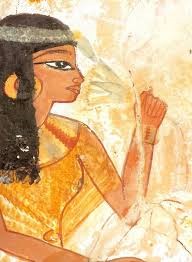
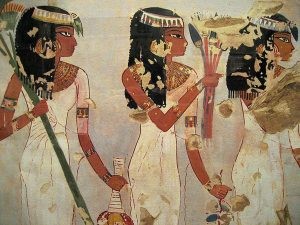
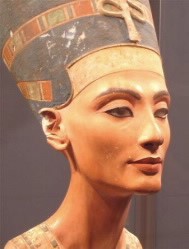
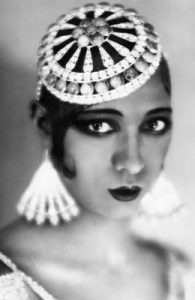
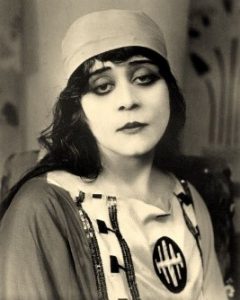
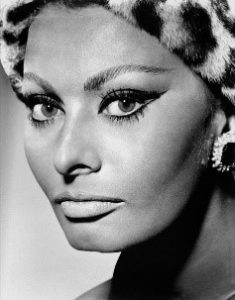
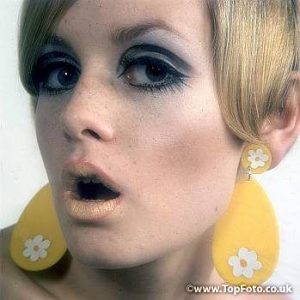
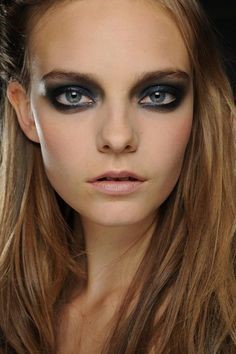
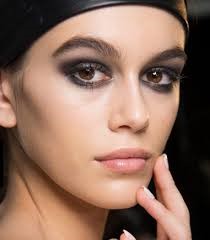
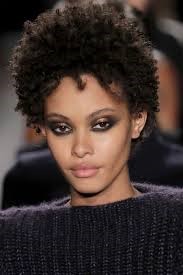
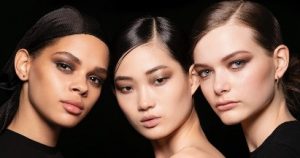
Absolutely wonderfully captivating article, and so informative !! Wow !!